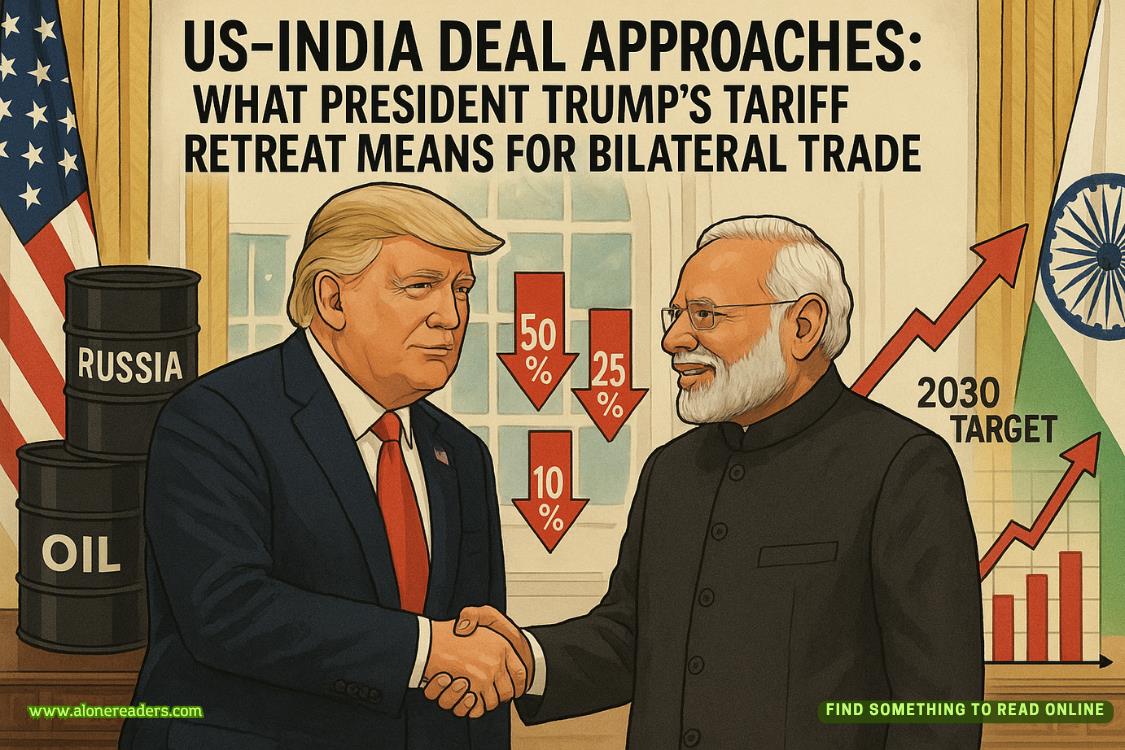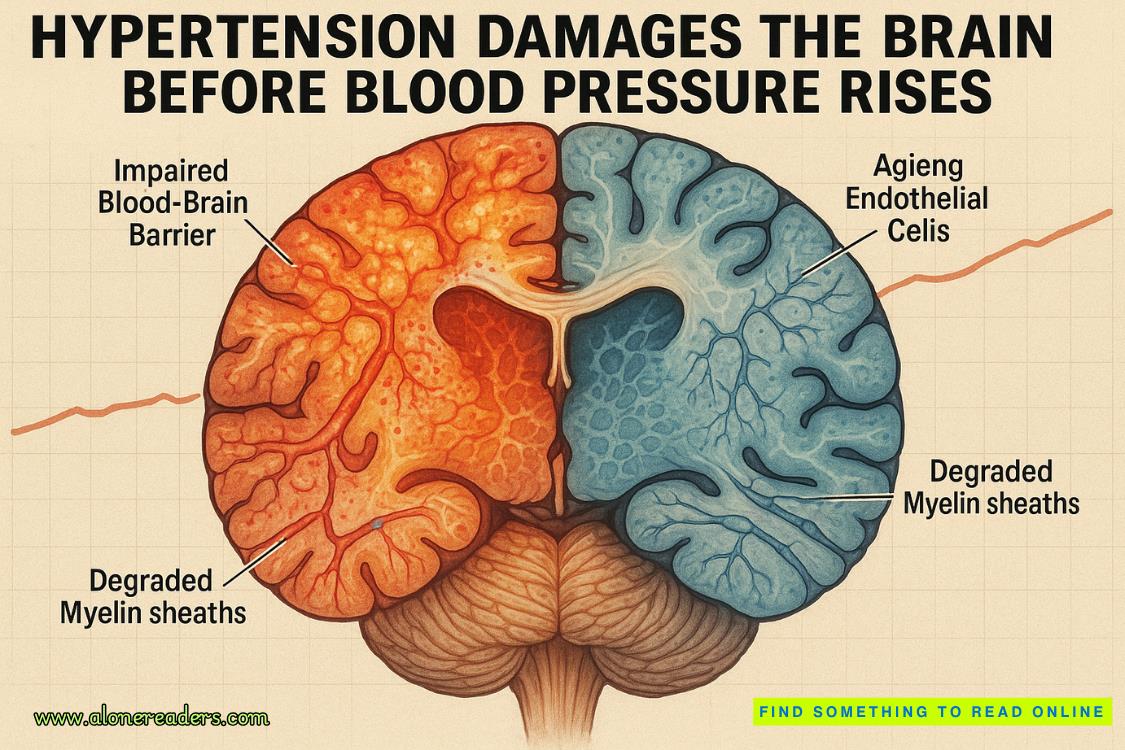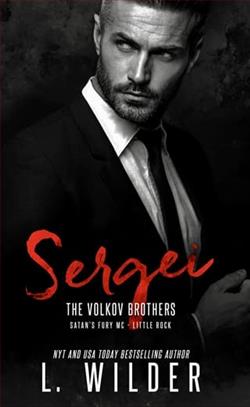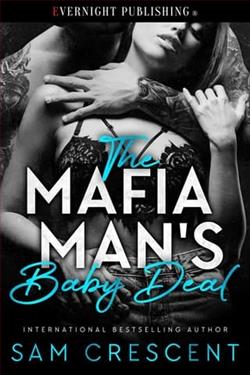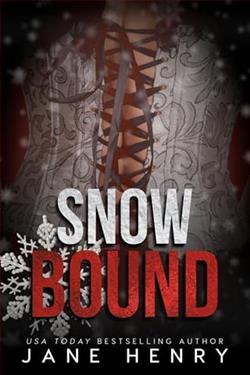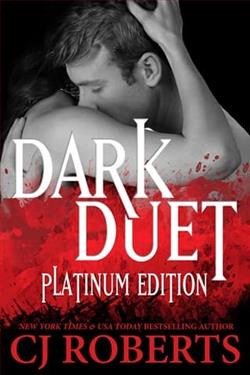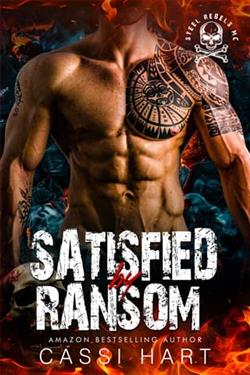Page 23 of All the Queen's Men (CIA Spies 2)
It wasn’t anything fancy, having been built more for use than looks. The far wall of the range was stacked with sand bags and bales of hay, so no rounds of ammunition went through the walls to do damage to anything or anyone outside. The walls themselves were lined with what looked like pegboard, to contain the noise. Big industrial lights hung overhead, but they were individually controlled so that the lighting conditions could be adjusted
He indicated the first weapon. “This is a Colt .45. It’s a heavy-duty cannon, with a lot of stopping power. The next one is a Smith & Wesson .357 revolver. Again, it’s pretty heavy. But they’re both as reliable as the sun, so you might want to practice with them. I wouldn’t recommend them for regular use, though, because of the weight. You need something lighter.”
He indicated the other weapons. “The next one is a SIG Sauer P226, 9mm. It’s my personal favorite. The other automatic is an H&K P9S. It’s half a pound lighter than the Colt, and H&K makes a fine weapon. You can’t go wrong with either one.”
Niema studied the handguns, then picked each one up in turn. The two revolvers were so heavy she could barely aim them. The H&K was more manageable, but for sheer ease of handling the SIG suited her much better.
“Looks like the SIG is going to be my favorite, too.” She wasn’t an expert with firearms, but neither was she a rank beginner. Dallas had been constitutionally unable to bear a wife who didn’t know how to fire a weapon, so he had taught her the basics and insisted she practice. But that was five years ago, and she hadn’t been on a firing range since.
“The SIG doesn’t have a thumb safety,” he said. “That lever on the left side of the frame is the decocking lever. Never, ever lower the hammer except with the decocking lever. Some SIGs are double-action and won’t have the lever, but you need to get used to using it.”
“It’s awkward,” she said after a minute spent familiarizing herself with the lever. “I can’t work it without shifting my grip.”
“Try using your left thumb. I learned to shoot it left-handed because I ran into the same problem.”
She slid a glance at him. “Accurately?”
“Of course,” he said coolly. “Or I wouldn’t do it.”
“Pardon me for insulting your manhood.”
“My manhood isn’t connected to my weapon, honey.”
She bit the inside of her lip to hold back any rejoinders. That particular subject could rapidly get into dangerous waters.
A surprising amount of expertise returned as soon as she handled the weapon. She put a clip in the SIG, and Medina set the first man-shaped target at ten yards.
“Is that all?” she asked, wondering whether or not she should be insulted.
“Most situations where you would use a handgun are fairly close quarters, and things happen fast, in five seconds or less. Work on your accuracy before you start worrying about distance. Anything much over thirty yards and you’d be better off with a rifle or shotgun, anyway.”
“How do we get our weapons on board the plane?”
“We don’t. I could, but it would attract too much attention. I’ll get them once we’re in France. By the way, we won’t be traveling together.”
She nodded, put on her headset, and raised the pistol. Dallas had taught her the point-and-shoot method; studies had found that people were very accurate in pointing at something, but when they tried to aim a weapon the mechanics of doing so somehow interfered with that natural ability. The idea was not to aim, but simply to point.
Medina’s arms came around her from behind, his hands closing over hers and making minute adjustments in her grip. “Gently squeeze the trigger,” he murmured, his voice coming through the headset.
She took a deep breath and slowly let it out, the way Dallas had taught her. When she had exhaled about half, she stopped and squeezed the trigger. The weapon jumped in her hands as if it was alive, the barrel recoiling upward from the released energy. With the headset protecting her ears, the shot was a flattened crack, like a board popping. Smoke and cordite burned her nostrils. Without a word she steadied the weapon, took a breath, and shot again.
This time Medina braced her wrists with his own hands, but this time she was more prepared for the recoil. She didn’t fight it, but let her forearms absorb the shock.
“Good,” Medina said, and let his arms drop from around her.
Taking her time, not rushing her shots, she emptied the clip at the target. When the clip was empty, per Medina’s previous instructions, she removed the empty clip and slapped a new one in. While she was doing that he called up a new target and set this one at twenty yards. She shot all the bullets in that clip, too.
Afterward he pulled the targets up for examination. On the first target, out of a fifteen-shot clip, she had scored two rounds in the head, one in the neck, and five in the chest. “Only eight,” she said in disgust. “Barely over fifty percent.”
“This isn’t a marksmanship competition, so don’t try to be Annie Oakley. And look at it this way: With the other seven bullets, you probably scared the hell out of whoever was standing beside the target.”
She had to laugh, even if it was ruefully. “Thanks a lot.”
“You’re welcome. Take a look at the second target.”
The second target made her feel better. With both targets she had tried to divide her shots equally between the head and chest. It hadn’t worked very well with the first target, and in one way she didn’t approve much: only three shots went into the head. But eight shots were clustered in the chest area, meaning she had made all of those shots.
She told John what she’d been trying to do. “Forget the head,” he advised. “In a tense situation, the chest is a much bigger target. You don’t have to kill someone, just stop him. Now let’s switch to another weapon.”


